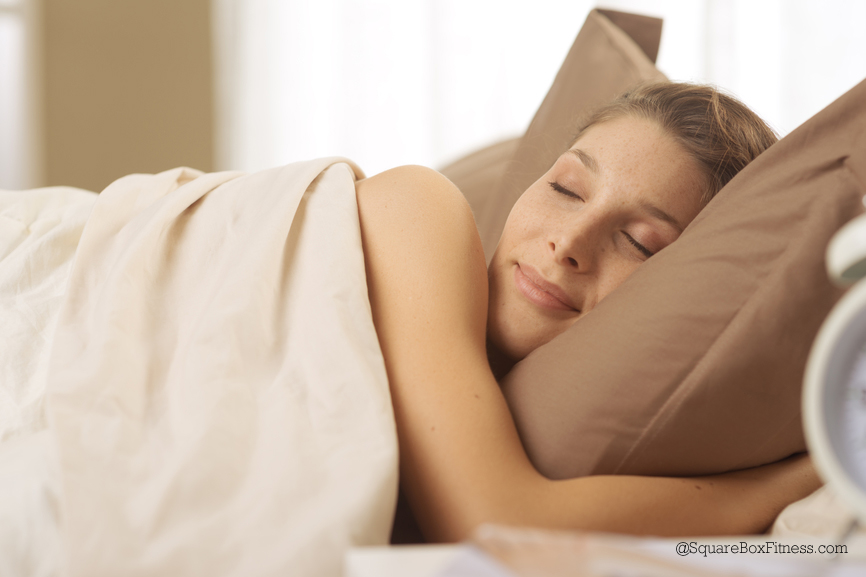The work/life balance is regularly debated, and the importance is not fully appreciated because it is so difficult to achieve.
However, a focus on sleep/ life balance provides a practical and attainable means of achieving balance in life, and there is research to prove it!
The Goldilocks Principle of Sleep
Sleep is the critical element that allows you to attain success in whatever goal you set for yourself.
No matter how well you eat or how often you exercise, if you’re chronically sleep-deprived, you will be unconsciously sabotaging your fitness efforts.
On the other hand, too much sleep comes with health risks, cognitive impairment, depression, increased inflammation, weight gain, diabetes, heart disease, stroke. etc
It is tough to find the “just right” sleep solution; Scientific research shows that the optimal sleep requirements are between 7 to 9 hours. But outside these parameters may also work for certain people.
Therefore in the absence of definitive research; The Goldilocks principle is one we can follow; that is; try a few sleep patterns and then commit to the “just right” sleep solution for you.
Why do we need to sleep at all?
It is incredibly frustrating when we have so much to do that the need for sleep gets in your way.
Unfortunately, we do need to sleep, according to Dr. Karl Kruszelnicki, during sleep the brain manufactures different types of molecules; proteins, steroids, cholesterol, human growth hormone, and others.
The waking brain uses these different molecules in moving us through our day; it does not have the capacity to regenerate while awake.
Dr. Karl says that during sleep, the brain cells shrink, allowing for cerebrospinal fluid to flush out the waste products of the brain’s day time processing.
It helps explain why we feel “wasted” when we haven’t had enough sleep – there is just too much garbage stuck in our heads!
The 90-minute sleep cycle
While we sleep, we go through cycles of 5 sleep states. The first four are a light sleep, followed by deep sleep, referred to as REM-sleep and it’s when we are likely to dream.
During REM sleep muscles in the arms and legs are temporarily paralysed to stop us from “acting out” our dreams.
How many times have you had dreams where you need to run from danger or shout for help but can’t? I find it very interesting how our mind and body work together to keep us safe.
A full sleep cycle lasts about 90 minutes and is normally repeated several times each night.
If you’re like me and want to work out the maths for optimal sleep you will be disappointed – I was!
It is not as simple as putting together 4 to 6 of the 90-minute sleep cycles. Because during the night, the amount of time we spend in a particular stage of sleep begins to shift.
Ironically the key to a balanced life is to optimise your dream time, that is; the time you spend in REM sleep.
Dream time optimisation
Summarising the sleep cycle research – it appears that it is vital to get at least 6 hours between the hours of 12 am to 7 am. REM sleep is maximised between 3 am to 7 am.
However, many studies show sleep of less 7 hours and greater than 9 hours have a significant detrimental impact on health.
Therefore aiming for 7.5 hours sleep is a sound and realistic goal, but it doesn’t mean you have to achieve it every night, but rather head towards it.
A nap is more than just catching up!
Napping is often seen as a form of laziness. However, hundreds of experiments have demonstrated the enormous benefits.
- A study published in 2007 by Harvard School of Public Health, followed more than 23,000 people for six years and showed that regular napping could cut deaths from heart disease by as much as 37%.
- In 2008, scientists from the University of Dusseldorf showed that students who had a 6-minute nap were better able to recall words previously memorized than those who didn’t have a nap or had a 35-minute nap.
- A 1995 study from NASA, showed that a 26-minute nap would improve performance by 34% and alertness by 54%. It has since formed the basis of other research into sleep for air traffic controllers and pilots.
Therefore by putting your head down for a few minutes each day is not being indulgent but rather a strategic plan to increase productivity during your busy day.
The following is a guide of what a nap can do for you:
- 10 – 20 minute power nap boosts energy and alertness and on waking you will be ready to go!
- 30 – 60 minute nap improves memory; the down side is that it can cause grogginess on waking.
- Naps of 90 minutes encompass all stages of sleep and help clear the mind, rebuild the body, and makes for balance in life when you just can’t get 7.5 hours of sleep at night!
There is so much to sleep we don’t understand, but I for one; appreciate my Sunday afternoon nap that follows a lovely family lunch, with a little wine to cheer – health and happiness!
.
Your homework for this week
Study your sleep patterns and let me know in the comments below what has worked for you in getting enough sleep or what you find the most challenging.
Sleep well!
Anna


Recent Comments